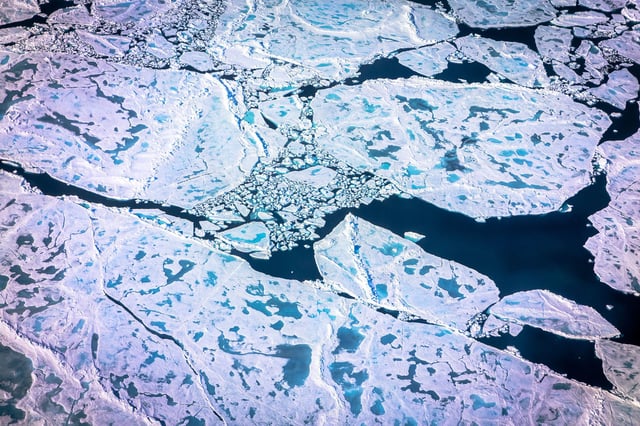Overview
- Researchers used a modern climate model to simulate an 80% weakening of the Atlantic Meridional Overturning Circulation under 2°C of global warming.
- Under that scenario, European winter extremes would plunge to –30°C in parts of Scotland and –19°C in London as sea ice advances into the North Sea.
- A stalled AMOC would raise sea levels by roughly 50 cm along European coasts and cut precipitation by about 20%, elevating flood and infrastructure risks.
- Even as winters chill, summers would still experience intense heatwaves, producing unprecedented seasonal temperature swings.
- Scientists warn that timing and likelihood of a full collapse remain uncertain and stress that only steep, immediate cuts in greenhouse gas emissions can prevent these outcomes.


